New Breed of Bandsaws
New 14-in. models have serious resaw capacity,with more power to handle bigger boards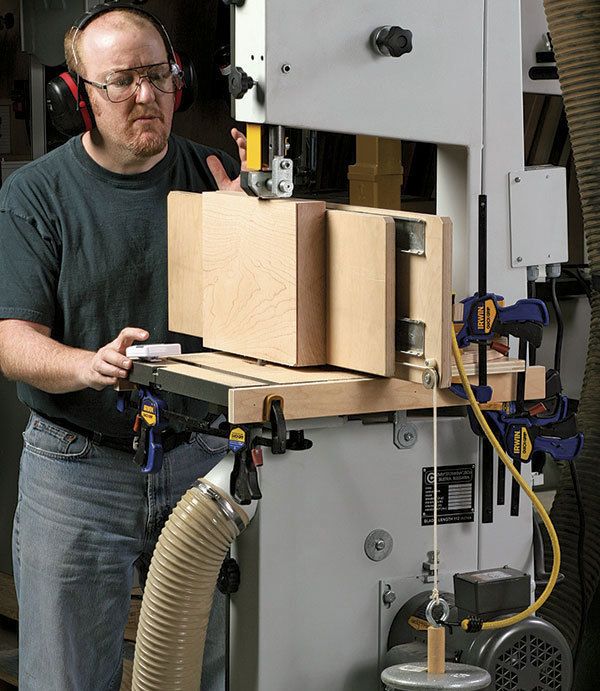
Synopsis: The 14-in. bandsaw offers a great blend of price and performance for the small-shop woodworker. Associate editor Tom McKenna looked at eight machines with a minimum resaw capacity of 10 in. and motors of at least 1-1/4 hp, evaluating them for the roundness and alignment of the wheels, table flatness, versatility and functionality of the fence, and guide-post alignment. He then compared the models to see how convenient it was to change blades, adjust the blade tension and tracking, and adjust the guides. Then came the cutting tests: rigorous curve cuts and resaw cuts in hard maple, using a resaw sled to gauge the speed and power of each machine. In the end he had a clear view of what each saw can do.
Models tested include: Delta 28-475X, General 690-1, Grizzly G0457, Grizzy G0555X, Jet JWBS-14DX, Laguna LT14SE, Powermatic PWBS-14CS, Rikon 10-325.
The bandsaw is one of the most versatile tools in a woodworking shop. It can resaw, cut curves, and rip lumber more safely than a tablesaw. It also can be used to cut joinery, such as tenons or even dovetails. The most common bandsaw Fine Woodworking editors see in our travels is the 14-in. model. It offers a great blend of price and performance for the small-shop woodworker.
The toughest task for these bandsaws is resawing, those slicing cuts into the edge of a board that turn one piece of thick lumber into thinner boards or sheets of veneer with minimal waste. Older 14-in. saws had a limited resaw capacity of only around 6 in. (although some did offer a riser-block accessory to increase capacity by 6 in. or so), and many had small 3⁄4-hp or 1-hp motors, not ideal for heavy work.
A new generation of 14-in. saws offers more resaw capacity and power than their forerunners. I looked at eight machines with a minimum resaw capacity of 10 in. and with motors of at least 11⁄4 hp.
Some of the saws in this group, such as the Delta, General, Grizzly G0555X, Jet, and Powermatic, have the familiar cast-iron frames but with enclosed bases. Except for the General, all of the saws in this castiron family require the installation of a riser block to achieve the minimum resaw capacity for this review. The other saws— Grizzly G0457, Laguna, and Rikon—are European style, with welded steel frames.
Close inspection of key components
With the exception of the Laguna, which arrived ready to roll, each machine required assembly, which took anywhere from two to four hours per machine.
After assembly, I took a close look at the essential components, checking roundness and alignment of the wheels, table flatness, versatility and functionality of the fence, and guide-post alignment.
Wheels should be round and in line—Wheels that are severely out of round will cause significant vibration in the saw, making it difficult to cut to a line. All of the machines had round wheels.
Alignment also is an issue. For the saw to work properly, the top and bottom wheels should lie in the same plane; otherwise, it will be tough to track a blade in the center of both wheels. Wheels on the Delta and the Grizzly G0555X aligned perfectly. The Jet and the Powermatic had the worst misalignment. The problem may be fixed by shimming out the wheel that’s behind. It’s easier to do on the top than the bottom. However, the misalignment on the Jet and the Powermatic could not be fixed because their bearing shafts are too short.
From Fine Woodworking #193
For the full article, download the PDF below:
Fine Woodworking Recommended Products
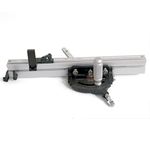
JessEm Mite-R Excel II Miter Gauge

Starrett 12-in. combination square

Freud Super Dado Saw Blade Set 8" x 5/8" Bore
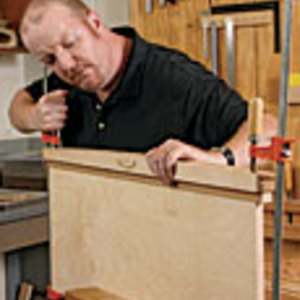


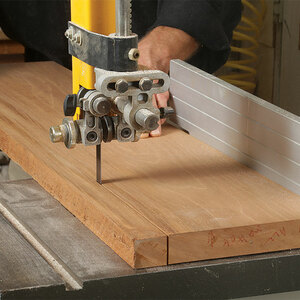
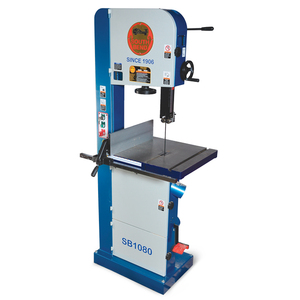
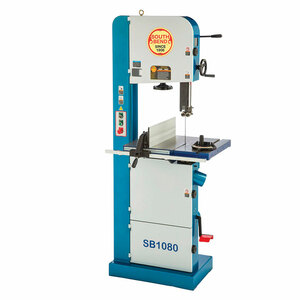
















Log in or create an account to post a comment.
Sign up Log in